Fermented Purple Cabbage
March 3, 2021
Gluten-free · Nut-free · Soy-free
Fermenting your own vegetables at home is not only a very simple and quick process, but it’ll also save you a lot of money! Why pay $8 for a small jar of sauerkraut when you can make 3X as much for 1/3 of the price? Not to mention, it’s also a pretty cool process watching your fermentations grow and develop!
Did you know that our body is full of bacteria? And that there are bacteria and spores in the air at all times? So what we’re trying to do when we ferment something is to provide the perfect conditions for the good bacteria to grow. And the good bacteria are grown in a high salt environment (even the bacteria that vegetables have in their skin is beneficial for fermentation!).
The smell is definitely going to be a little bit weird in the beginning, but it’s normal! As long as it doesn’t smell rancid it’s doing just fine. If you do see mold or it smells rancid, however, throw it out and start the process again. Don’t risk it!
It’s very important to work clean and to sanitize your containers when fermenting food, otherwise, unwelcome microbes could be produced in the process and ultimately damage your product. Before making the recipe, please read the Basic Rules for Fermenting below to ensure you use the safest practices.
Basic Rules for Fermenting
Before you start any kind of fermenting, it’s important to understand these basic rules that apply to all fermentation processes to ensure a safe environment and safe food.
-
Clean and sanitize your workspace before doing anything else. You can use hot water and soap, white distilled vinegar, or at least 60% alcohol.
-
Sanitize your fermenting jar and any tools you’ll be using. To do this, you can either run everything through the dishwasher or place your jar and tools into a pot full of boiling water and boil for 5 minutes.
-
Wash your hands thoroughly.
Notes:
The ideal temperature for this lactic acid fermentation is between 64.5- 71.5 F.
In this fermentation, we want to create lactic acid bacteria, which is tolerant to high salt concentrations.
Equipment
For this process, you’ll need 1 1/2 gallon glass jar + lid that have been sterilized (you can do this by running them through your dishwasher or boiling it in water for 5 minutes), 1 metal spoon, 1 large bowl, a small ziploc bag, and a kitchen scale.
Substitutions
If you don’t have purple cabbage, you can always do the same with green cabbage. Alternatively, you could also use savoy cabbage or bok choy.
Uses
Keep this fermented purple cabbage in your fridge handy to add to:
-
Sandwiches
-
Tacos
-
Vegan burgers
-
As a condiment for soups & stews
-
Use for fishing plates
-
Add to purées
-
Add to vinaigrettes
-
Use for topping dishes


What my jar looked like after 10 days of fermentation
Yields: 1.5 quarts
Ingredients
800g purple cabbage
24g sea salt
8g garlic, sliced
18g jalapeno pepper, cut into rounds
spices of choice (optional)
Method
-
Clean and sanitize your work area; you can use soap and hot water, distilled vinegar, or 60% alcohol. Wash your hands.
-
Slice the cabbage into thin slices using a large mandoline or a knife.
-
In a large bowl, place cabbage and salt. Massage the cabbage with your hands for about 3 minutes or until you see the cabbage releasing water. Add garlic, jalapeño and any spices if using. Mix to combine.
-
Place the mix into your sterilized jar and use your hands or a long spoon to press it down. The liquid should cover all the cabbage. Fill a small ziplock bag halfway with water and place it inside the jar, on top of the cabbage. This will help weigh it down. Loosely close the jar.
-
Set aside in a dry place to ferment for 1 week. Make sure it stays somewhere where it’ll be at 64-71ºF.
-
After a week, open and use a clean fork to check the flavor. If it tastes good to you, remove the Ziploc bag, transfer to a smaller jar, and store in the fridge for up to 6 months. If you prefer a stronger flavor, let i ferment for a few more days before storing in the fridge.

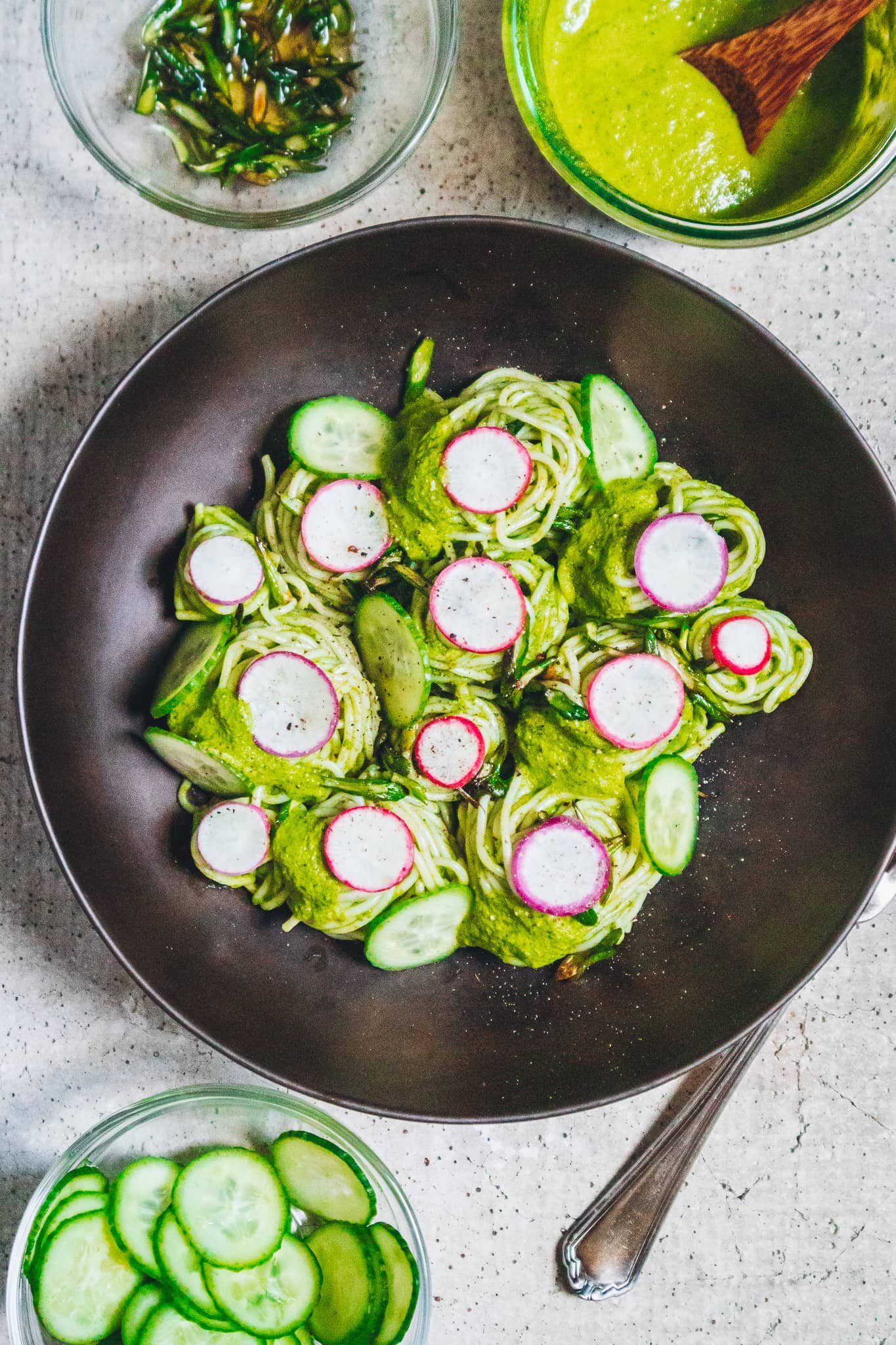
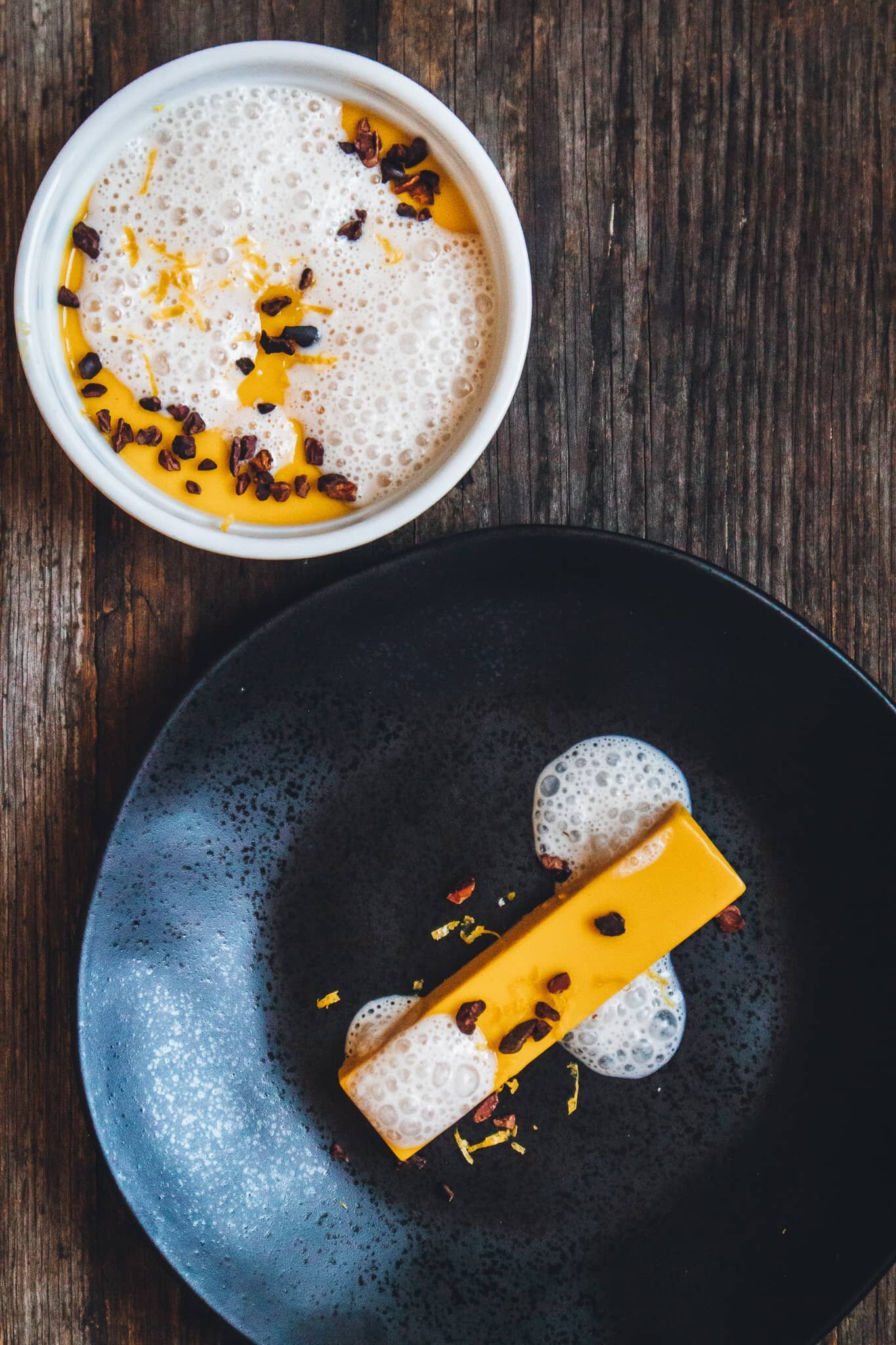

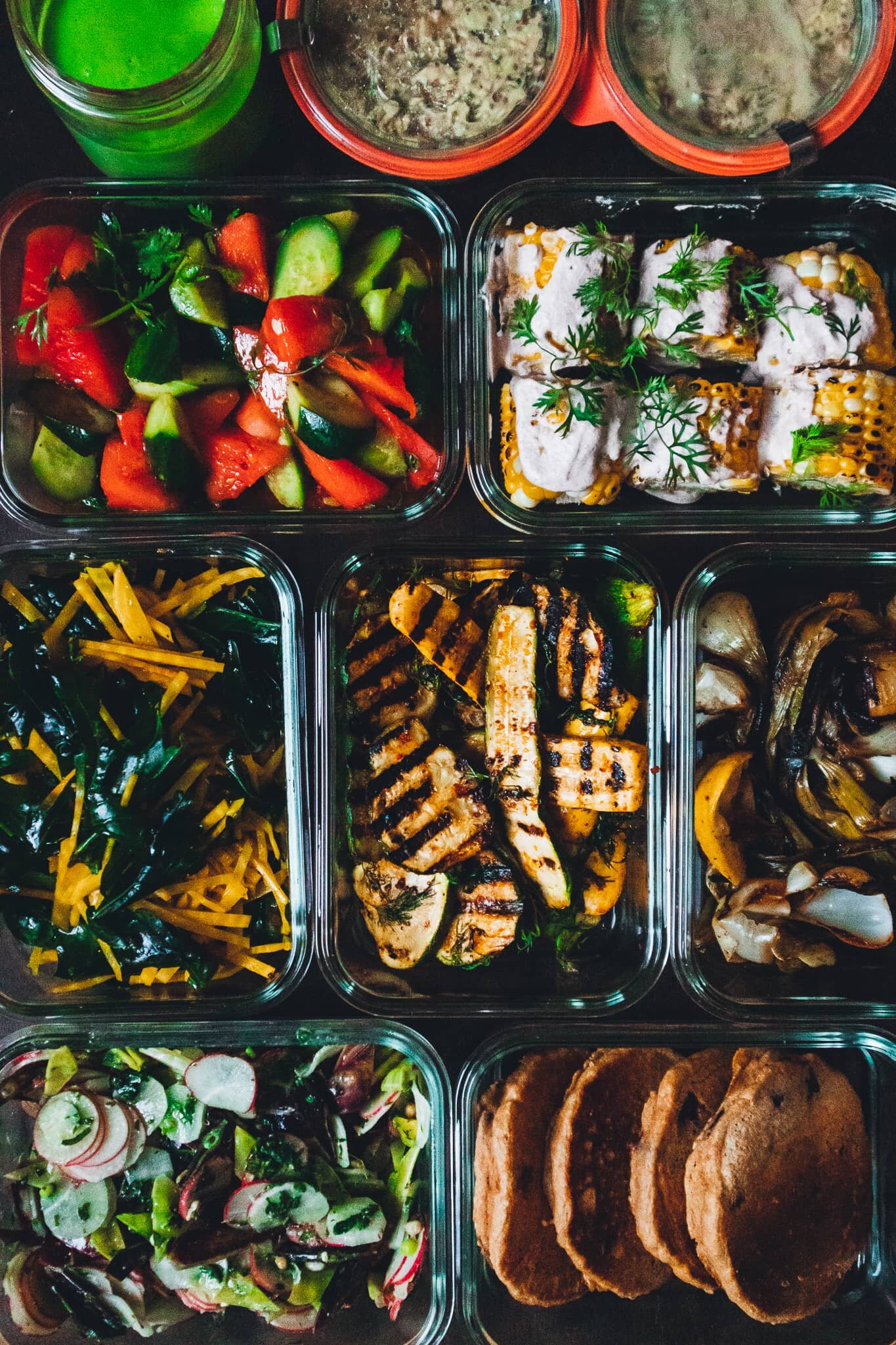

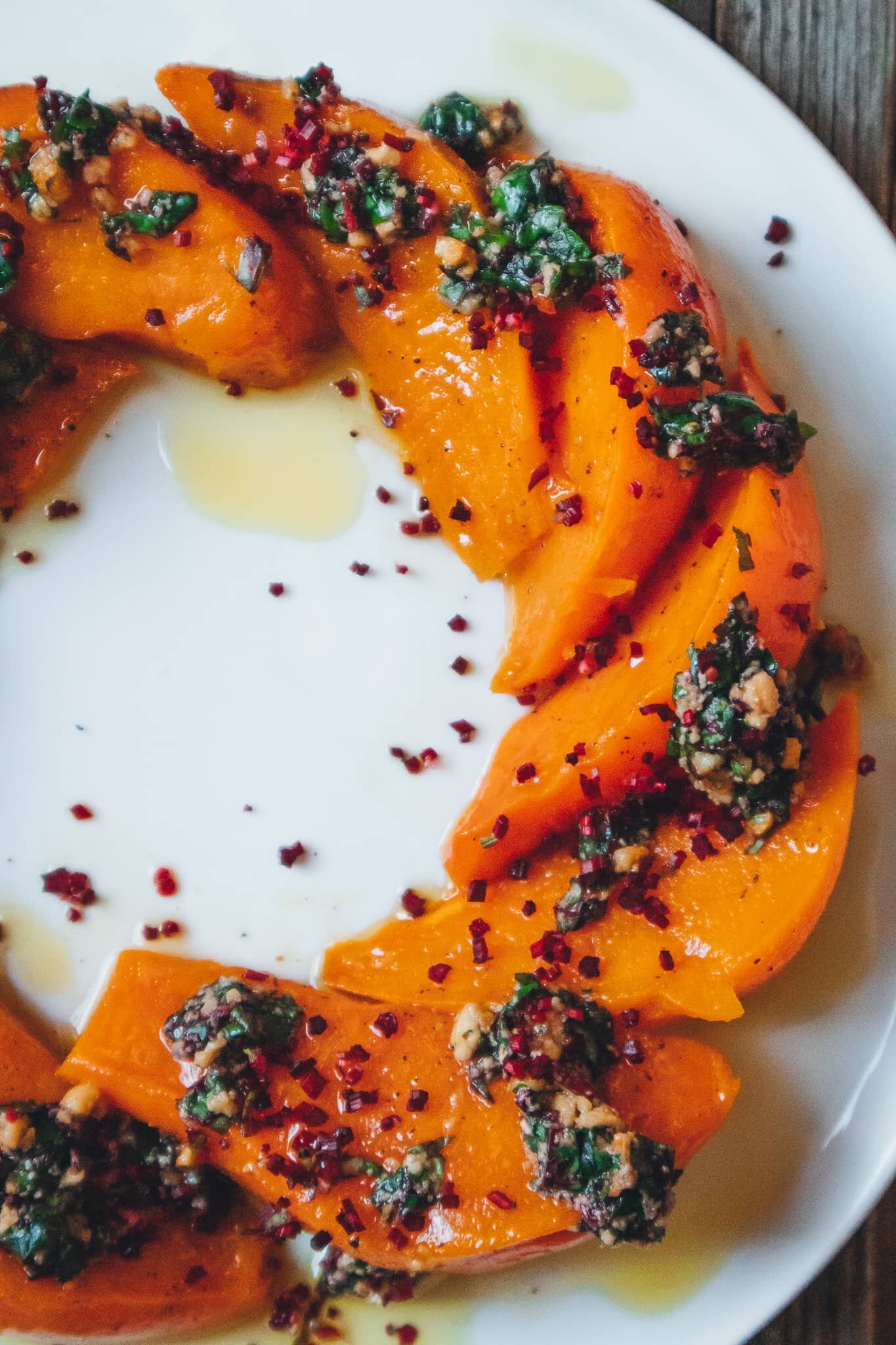
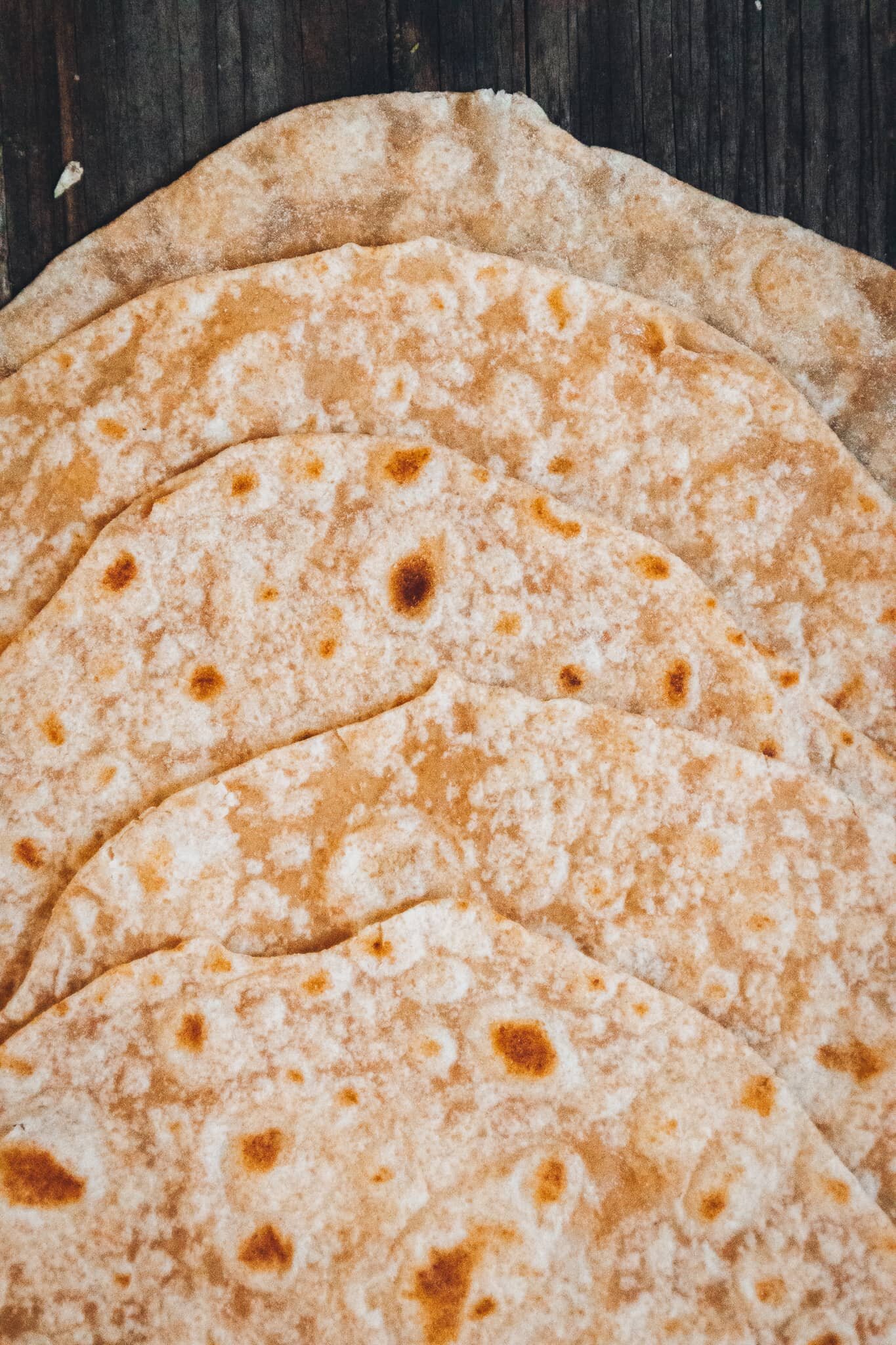
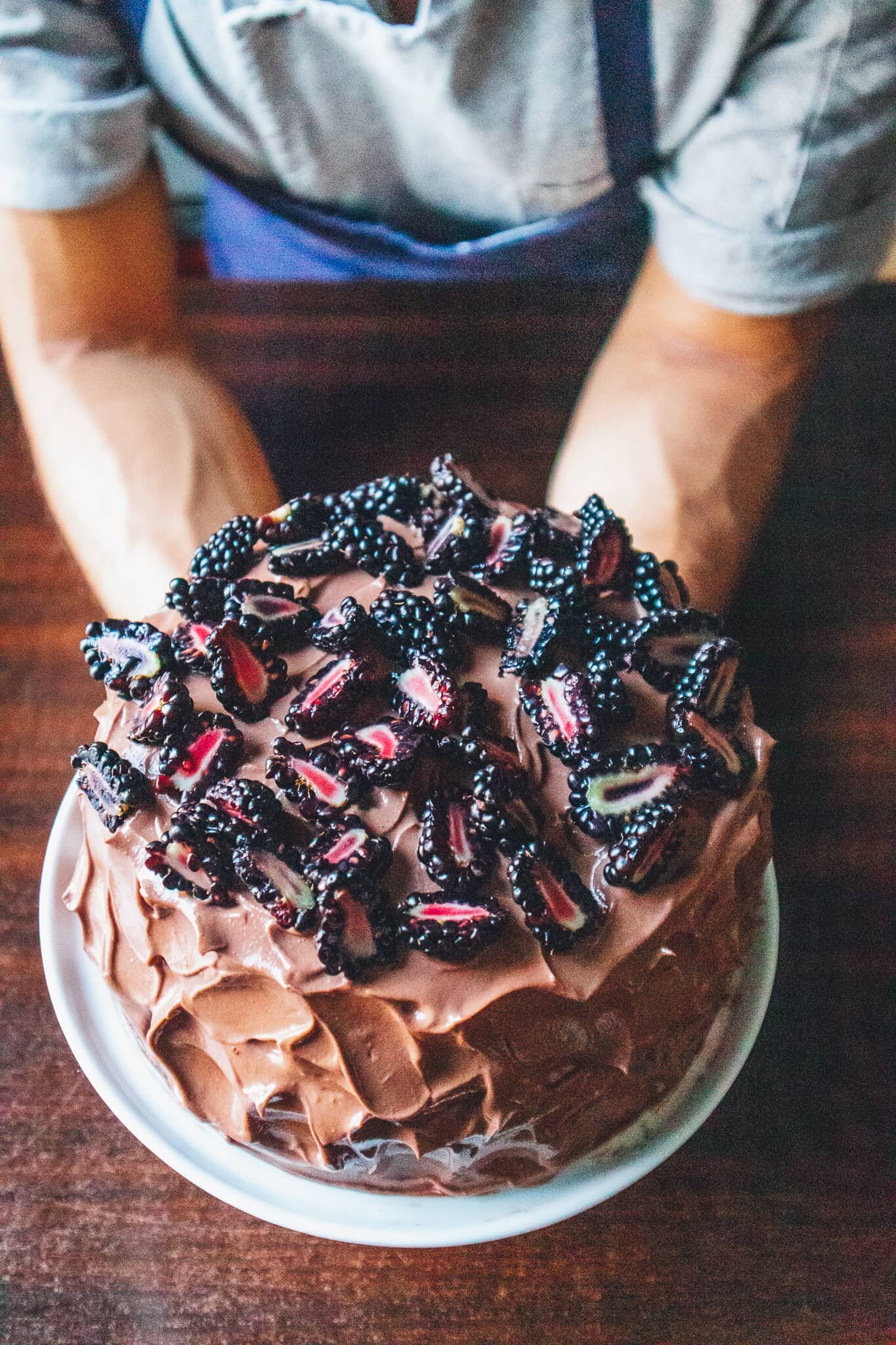
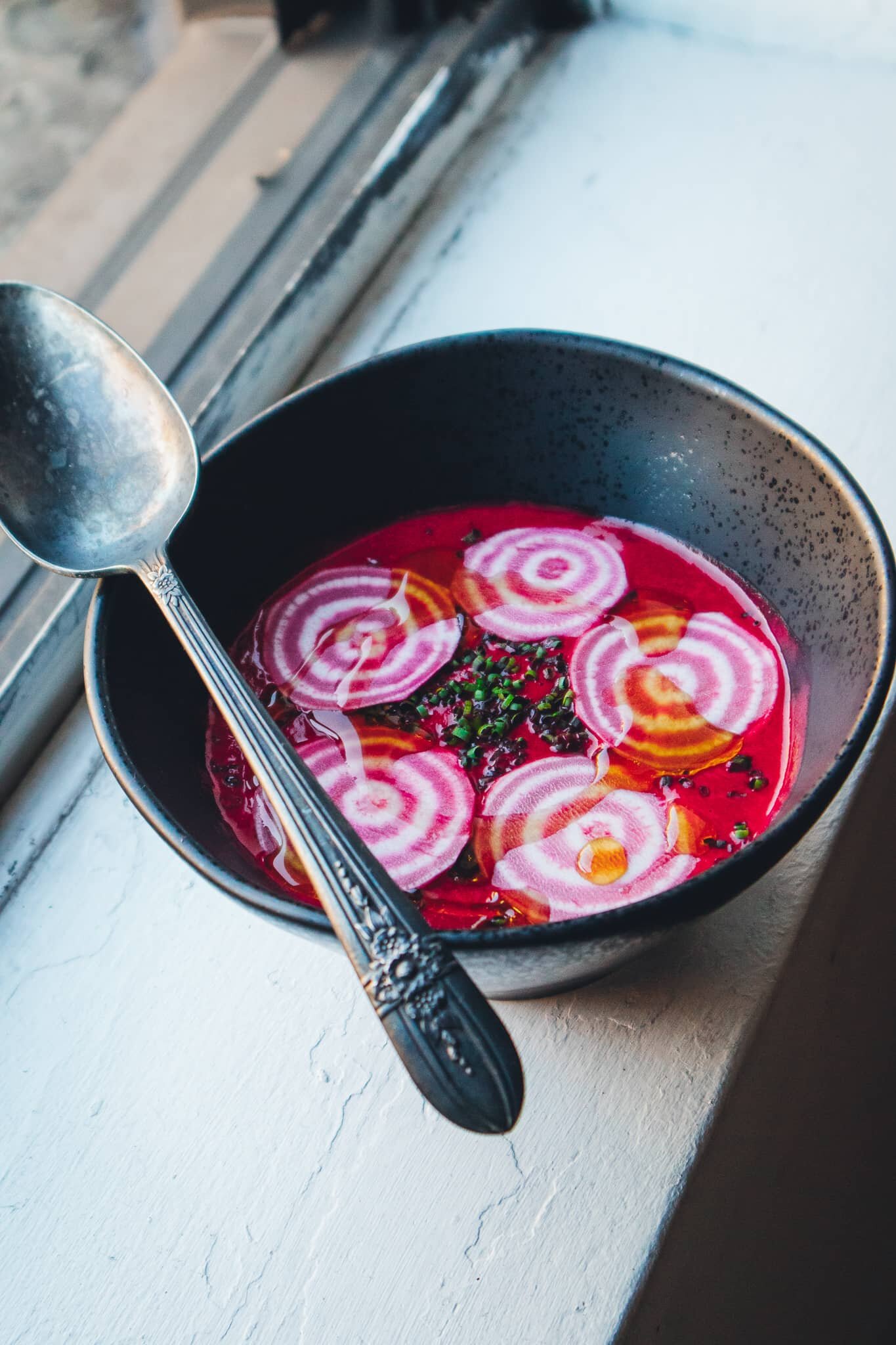
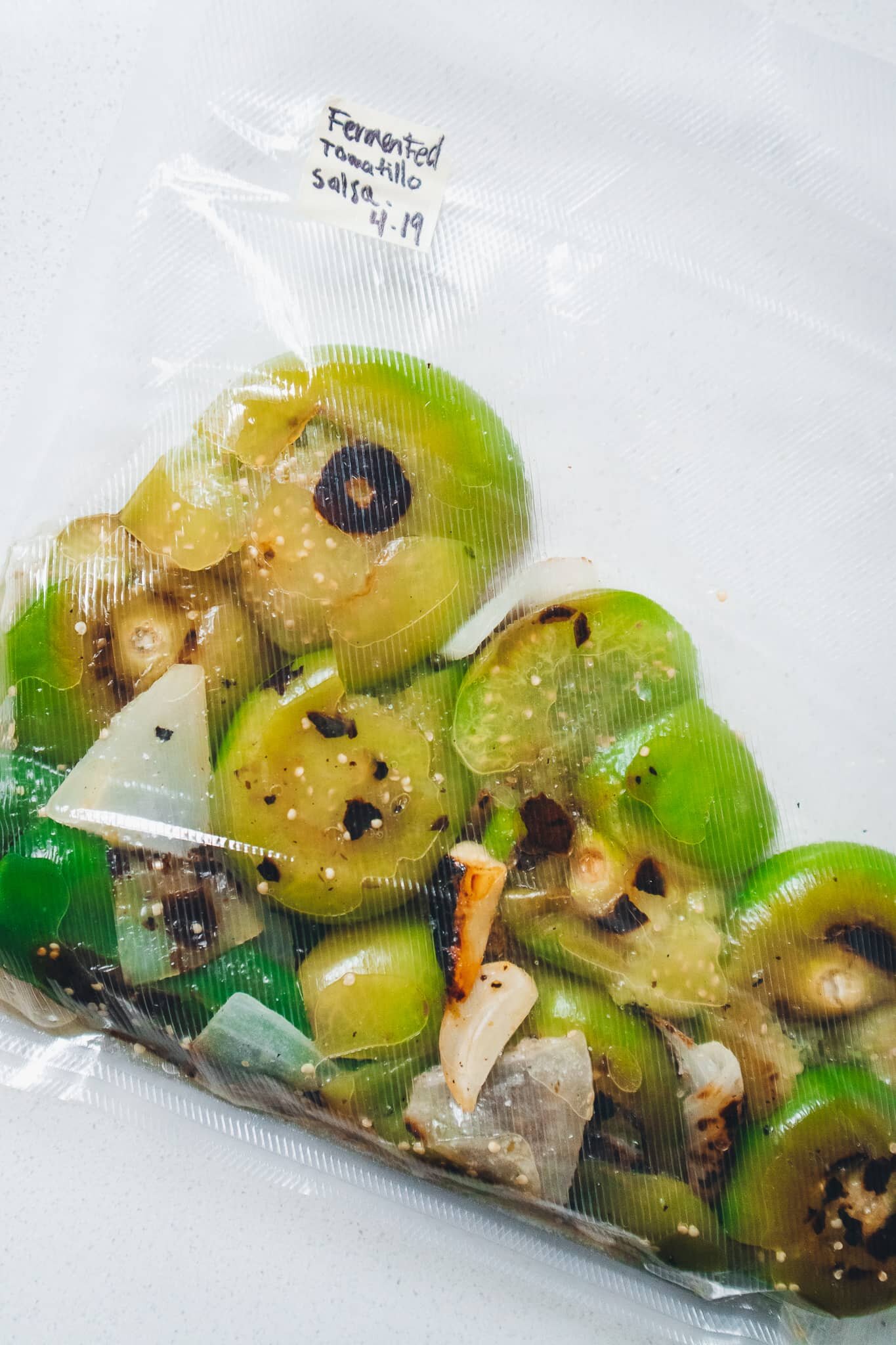
be the first to comment